
A rock is a naturally occurring aggregate of minerals, and certain non-mineral materials such as fossils and glass.
Just as minerals are the building blocks of rocks, rocks in turn are the natural building blocks of the Earth‘s:
• lithosphere (crust and mantle down to a depth of about 100 km)
• asthenosphere (although this layer, in the depth range from about 100 to 250 km, is partially molten),
• mesosphere (mantle in the depth range from about 250 to 2900 km),
• and even part of the core – while the outer core is molten, the inner core is solid).
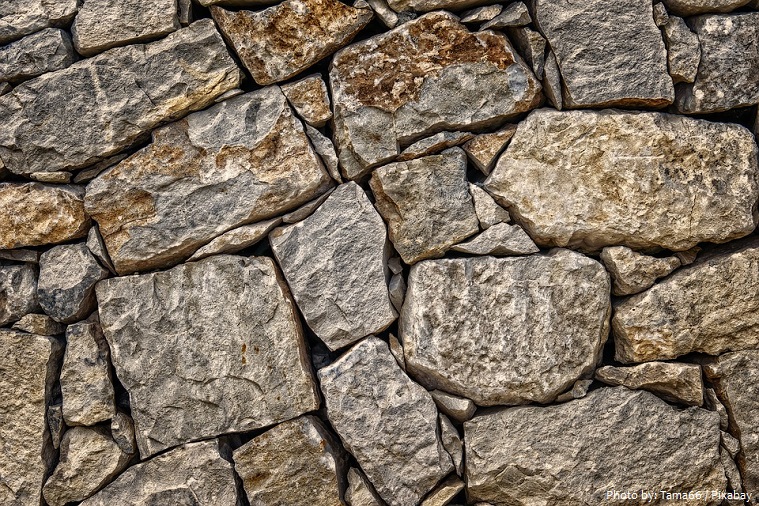
Rocks are usually grouped into three main groups: igneous rocks, sedimentary rocks and metamorphic rocks.
• Igneous rocks are formed when magma cools in the Earth’s crust, or lava cools on the ground surface or the seabed.
• Sedimentary rocks are formed by diagenesis or lithification of sediments, which in turn are formed by the weathering, transport, and deposition of existing rocks.
• Metamorphic rocks are formed when existing rocks are subjected to such large pressures and temperatures that they are transformed—something that occurs, for example, when continental plates collide.
Each of these rock groups contains many different types of rock, and each can be identified from its physical features.
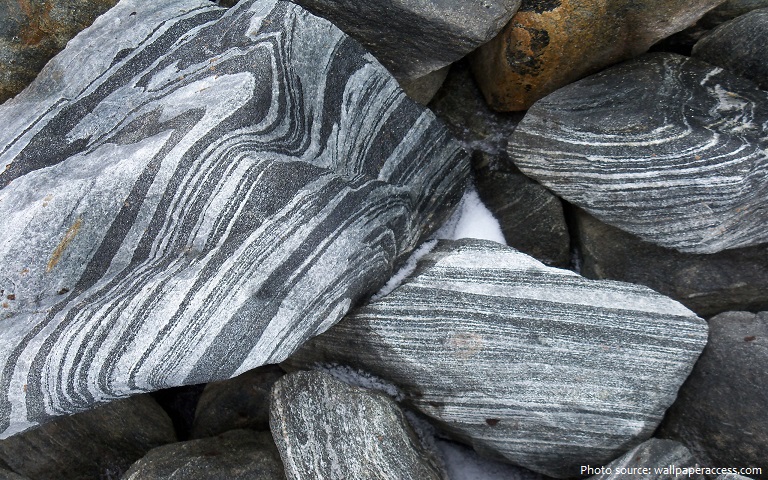
Being able to describe and name rocks is one of the fundamental skills of a geologist. Important information regarding the nature of rocks is communicated through concise, accurate descriptions. This information allows the geologist to identify the rock, and, in the process, to learn about its history and the geological environment in which it was formed.
A knowledge of field relationships between different rock units is fundamental to the study of rocks. It is gained from mapping and observing rocks in the field. In depth analysis of rocks using a microscope or
sophisticated analytical laboratory equipment provides important information on their composition. In between these extremes is the observation and description of hand specimens. The term hand specimen
refers to an easily manageable piece of rock that can be picked up and easily transported back to the geologist’s base for further investigation.
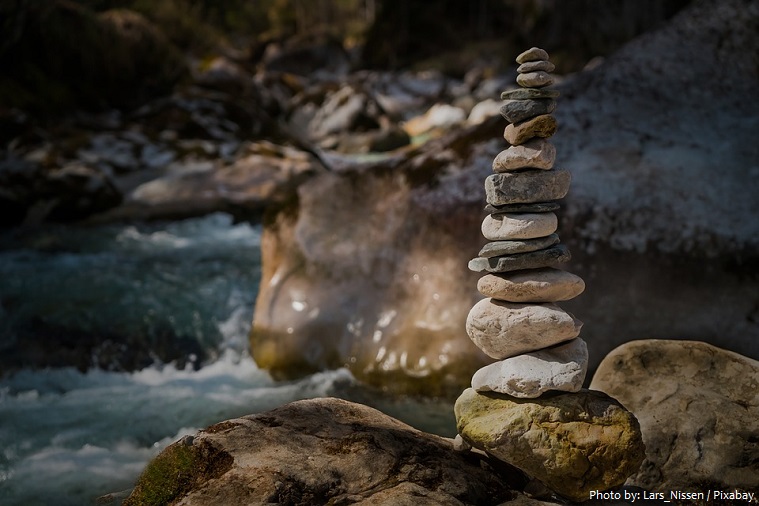
Rock identification is a systematic process, requiring concise, accurate descriptions of physical characteristics. This process is called petrography.
The use of rock has had a huge impact on the cultural and technological development of the human race. Rock has been used by humans and other hominids for at least 2.5 million years. Lithic technology marks some of the oldest and continuously used technologies. The mining of rock for its metal content has been one of the most important factors of human advancement, and has progressed at different rates in different places, in part because of the kind of metals available from the rock of a region.
Relatively soft, easily worked sedimentary rock was quarried for construction as early as 4000 BC in Egypt, and stone was used to build fortifications in Inner Mongolia as early as 2800 BC. The soft rock,
tuff, is common in Italy, and the Romans used it for many buildings and bridges. Limestone was widely used in construction in the Middle Ages in Europe and remained popular into the 20th century.
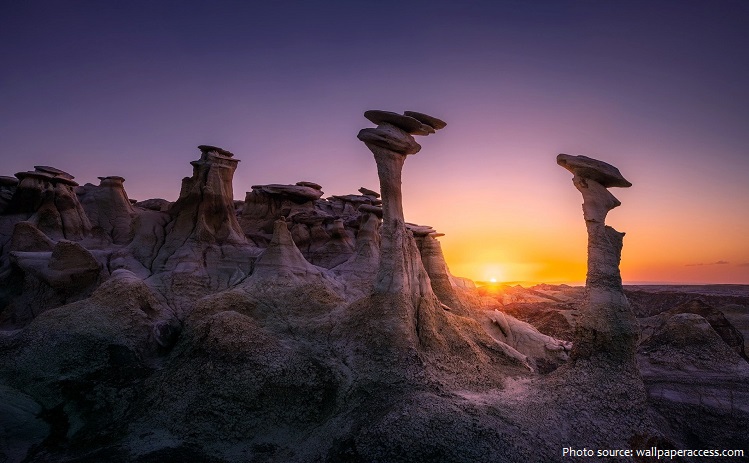
Mining is the extraction of valuable minerals or other geological materials from the earth, from an ore body, vein or seam. Mining of rock and metals has been done since prehistoric times. Modern mining processes involve prospecting for mineral deposits, analysis of the profit potential of a proposed mine, extraction of the desired materials, and finally reclamation of the land to prepare it for other uses once mining ceases.
The oldest dated rocks formed on Earth, as an aggregate of minerals that have not been subsequently broken down by erosion or melted, are more than 4 billion years old, formed during the Hadean Eon of Earth’s geological history.
Meteorites that were formed in other solar systems can pre-date the Earth. Particles from the Murchison meteorite were dated in January 2020 to be 7 billion years old.
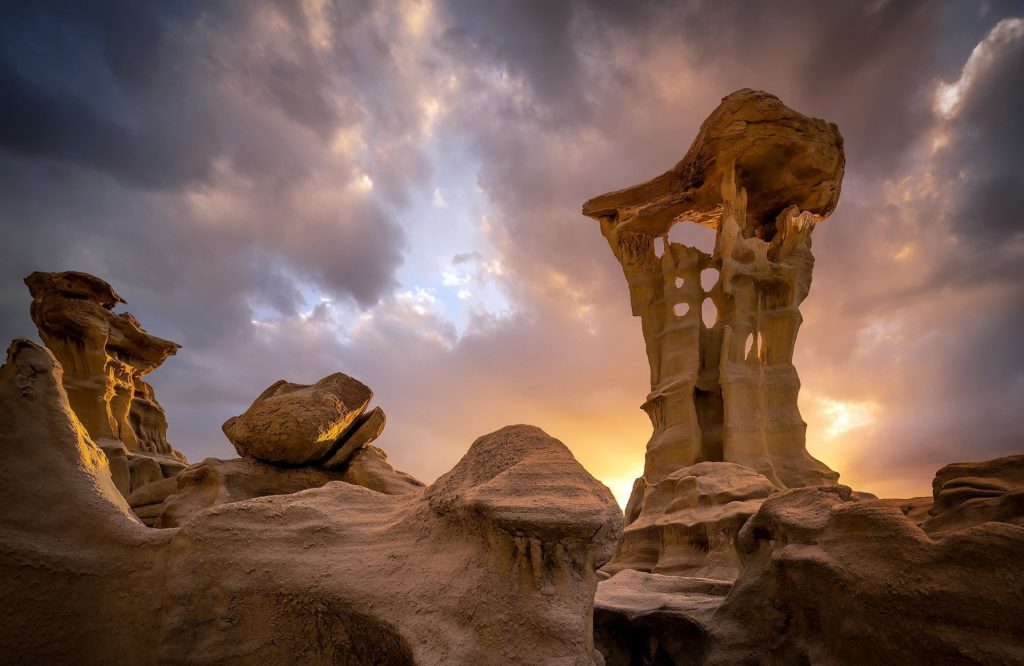
A variety of rock types and sediments have been found on Mars. Many are similar to rocks on Earth.
Long before writing was developed, people recorded events, ideas, plans, and feelings by marking them on a rock. Sometimes they carved into the stone. Sometimes they scratched off a surface coating. Sometimes they painted on the rocks. The method that they used was typically determined by the availability of a “paint,” the hardness of the rocks, and the availability of tools that could be used to produce their message.
All of these markings are referred to as “Rock Art.” People worldwide have been producing rock art for thousands of years. Some of their messages, produced thousands of years ago, can still be seen today. The oldest are usually found in rock shelters and caves where they are protected from the elements. However, in arid climates some examples of rock art have persisted for ten to fifteen thousand years, depending upon how the art was produced, the direction that it faces, and the type of rock used as a “canvas.”
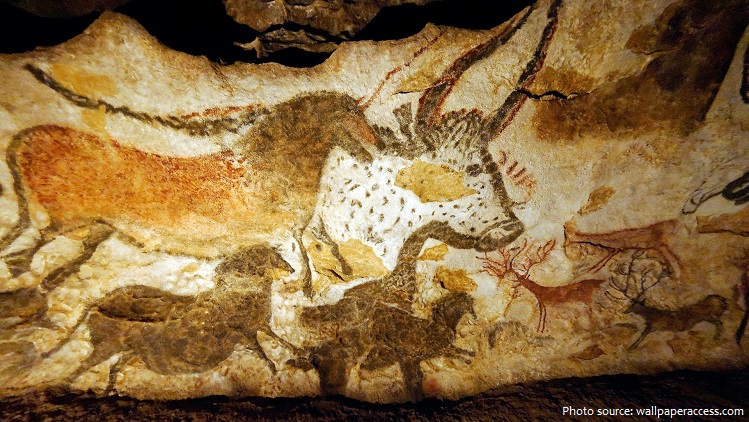
For years, scientists have been puzzled by the mysterious “sailing stones” of Death Valley. Located in a remote area of Death Valley, the heavy stones appear to move across the dried lake bed known as Racetrack Playa, leaving a trail behind them in the cracked mud. The rocks’ apparent movement has been blamed on everything from space aliens and magnetic fields to pranksters. But no one has actually seen the rocks move, which only adds to the mystery.
After more than seventy years of attempts to solve the mystery of Death Valley’s sailing stones, U.S. researchers led by Dr Brian Jackson of Boise State University have finally caught the stones in action. Rocks move when large ice sheets a few millimeters thick floating in an ephemeral winter pond start to break up during sunny days. These thin floating ice panels, frozen during cold winter nights, are driven by wind and shove rocks at up to 5 m/min (16.5 ft/min).